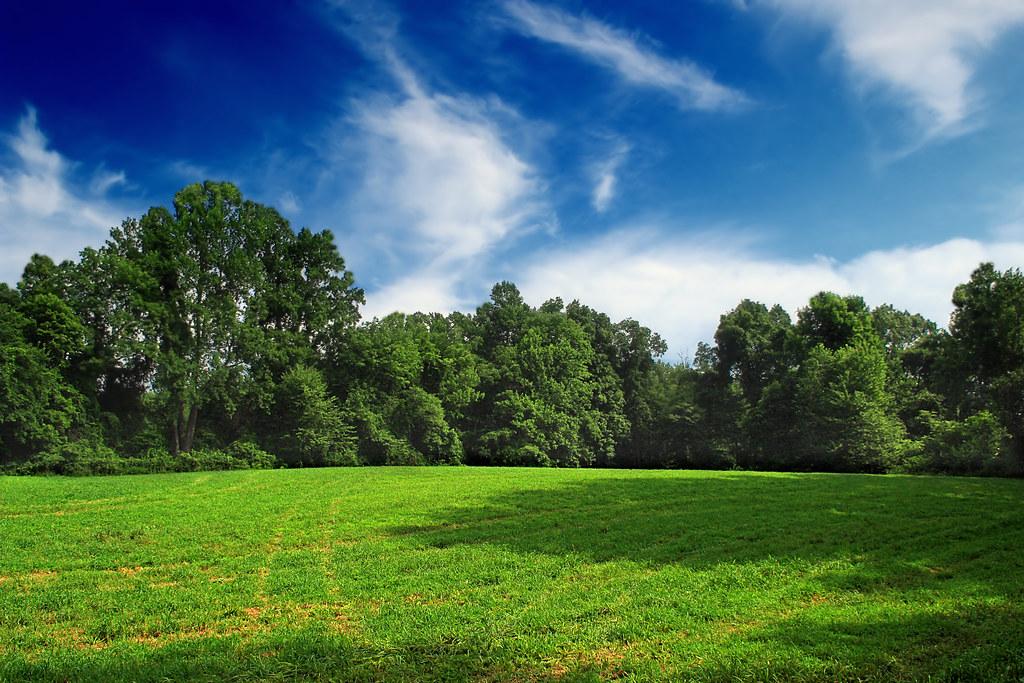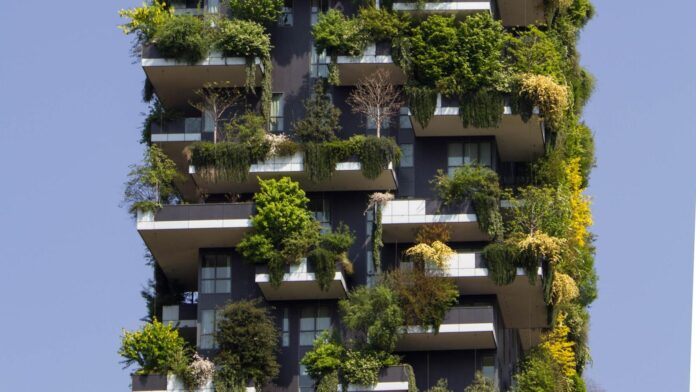In the bustling symphony of urban life, where concrete and glass collide to create towering landscapes, a whisper of green harmony yearns to be heard. As the world grapples with pressing environmental issues, a visionary movement is afoot, sculpting a revolution from the very core of our cities. Welcome, dear readers, to a portal where cityscapes transform into sustainable utopias, where the vibrant hum of progress harmonizes with the delicate rhythms of nature. Join us as we embark on a captivating journey through the labyrinthine streets of sustainable cities – where design becomes a symphony, resonating with the chords of better environmental and community health. In this article, we delve deep into the heart of this awe-inspiring quest, exploring the innovative design principles, groundbreaking technologies, and community initiatives that are paving the way towards a brighter, greener future.
Creating Walkable and Bike-Friendly Environments: Promoting Active Transportation for Healthier Cities
Creating walkable and bike-friendly environments is an essential step in designing sustainable cities that prioritize both environmental and community health. By promoting active transportation options such as walking and cycling, cities can reduce carbon emissions and air pollution, while also improving the overall well-being of their residents.
One way to create a walkable and bike-friendly environment is by investing in infrastructure that supports these modes of transportation. This includes developing well-connected networks of sidewalks, bike lanes, and shared-use paths that make it safe and convenient for individuals to walk or bike to their destinations. Additionally, cities can prioritize the integration of parks, green spaces, and public amenities along these routes to further encourage active transportation.

Green Spaces and Urban Agriculture: Enhancing Biodiversity and Community Well-being
Sustainable Cities: Designing for Better Environmental and Community Health
In today’s rapidly urbanizing world, the importance of incorporating green spaces and urban agriculture into city planning cannot be overstated. These elements not only enhance biodiversity but also contribute significantly to the well-being of local communities. By integrating sustainable practices, cities can create a harmonious environment that supports both the natural ecosystem and the people living within it.
Green spaces provide a respite from the concrete jungle, offering a sanctuary for both residents and wildlife. Whether it’s a neighborhood park, rooftop garden, or vertical green walls, these spaces bring nature into the heart of the city. They not only improve air quality by removing pollutants and releasing oxygen but also mitigate the urban heat island effect by reducing ambient temperatures. Additionally, green spaces act as noise barriers, absorb stormwater runoff, and bring aesthetic value, promoting a sense of tranquility and relaxation among city dwellers.
- Enhanced air quality through pollutant filtration
- Reduced urban heat island effect
- Noise reduction and sound insulation
- Stormwater management through natural absorption
- Increased biodiversity with habitats for birds, insects, and plants
| 1 | Increase in locally produced, fresh and nutritious food |
| 2 | Promotion of food security and self-sufficiency |
| 3 | Reduction of greenhouse gas emissions from transportation |
| 4 | Community building and social cohesion through shared gardening spaces |
Urban agriculture complements green spaces by utilizing underutilized land for growing food. Community gardens, rooftop farms, and vertical hydroponic systems help cities become more self-sufficient and reduce reliance on long-distance food sources, thereby lowering greenhouse gas emissions associated with transportation. Moreover, these initiatives foster a sense of community and social cohesion, as individuals come together, cultivating plants, exchanging knowledge, and building relationships.

Smart Infrastructure and Energy Efficiency: Leveraging Technology for Sustainable Urban Development
As urbanization continues to increase, it is crucial for cities to adopt sustainable practices that prioritize environmental and community health. Smart infrastructure and energy efficiency have become vital components in designing cities for a better future. By leveraging technology, cities can improve energy efficiency, reduce carbon emissions, and create a more sustainable urban environment.
One way to achieve this is through the implementation of smart grids. Smart grids use advanced sensors, meters, and communication networks to optimize the distribution of electricity, reducing waste and enabling better management of energy consumption. By integrating renewable energy sources such as solar and wind power, smart grids can not only save resources but also lower costs for both the city and its residents. In addition, smart infrastructure can help monitor and control air quality, improve waste management systems, and enhance water conservation efforts, leading to a healthier and more sustainable community.

Engaging Communities in Decision-Making Processes: Fostering Social Cohesion and Environmental Stewardship
Designing sustainable cities is crucial for promoting both environmental and community health. Engaging communities in the decision-making processes plays a vital role in achieving these goals, fostering social cohesion and encouraging environmental stewardship.
One way to foster social cohesion is by creating inclusive spaces that encourage interaction and collaboration among community members. This can be achieved by incorporating public parks and gathering areas where people can meet, exchange ideas, and build relationships. In addition, incorporating community gardens and urban farms not only promotes environmental sustainability but also provides opportunities for residents to come together, grow their own food, and learn about sustainable farming practices.
Wrapping Up
As the sun sets over the bustling streets and green rooftops, we bid farewell to this exploration of sustainable cities and their profound impact on our environment and community health.
In this journey, we have delved into the visionary minds of architects and urban planners, who strive to create a harmonious blend between our urban landscapes and the natural world. Their aim? To pave the way towards a brighter, greener future.
Throughout our exploration, a beacon of hope has emerged – the concept of sustainability. With innovative design solutions, cities around the globe are embracing renewable energy sources, green infrastructure, and eco-conscious transportation systems.
By placing an emphasis on regenerative practices, these urban havens aim to reduce their carbon footprint, improve air quality, and preserve the precious resources from which we all benefit. From the majestic vertical gardens to the efficient waste management systems, every aspect of these sustainable cities is a testament to human ingenuity and a commitment to environmental well-being.
But what truly sets these cities apart is their profound impact on the communities that call them home. The emphasis on livability, walkability, and inclusivity has fostered strong bonds between residents, promoting a sense of belonging, pride, and social cohesion. Parks and open spaces become meeting points for neighbors, while vibrant urban farming initiatives provide fresh produce and employment opportunities.
In these sustainable cities, the rhythm of life beats in harmony with nature. Streets once dominated by cars now teem with bicycles and pedestrians, as the sounds of honking horns are replaced by laughter and meaningful conversations. The soothing presence of green spaces and rejuvenating air quality create environments that nurture both physical and mental well-being.
As the global population continues to surge and the challenges posed by climate change grow, the design of sustainable cities becomes more crucial than ever. These urban utopias can serve as beacons of inspiration, guiding us towards a future where the environment and community health are not just priorities but intricately linked.
So let us carry the spirit of these sustainable cities in our hearts and minds, as we continue to dream and create spaces that respect and nurture our planet. Let us remember that the power to design for a better future lies in our collective hands. Together, we can redefine the very essence of urban living, forging a path towards sustainable cities where the beauty of nature is seamlessly woven into the tapestry of our daily lives.



